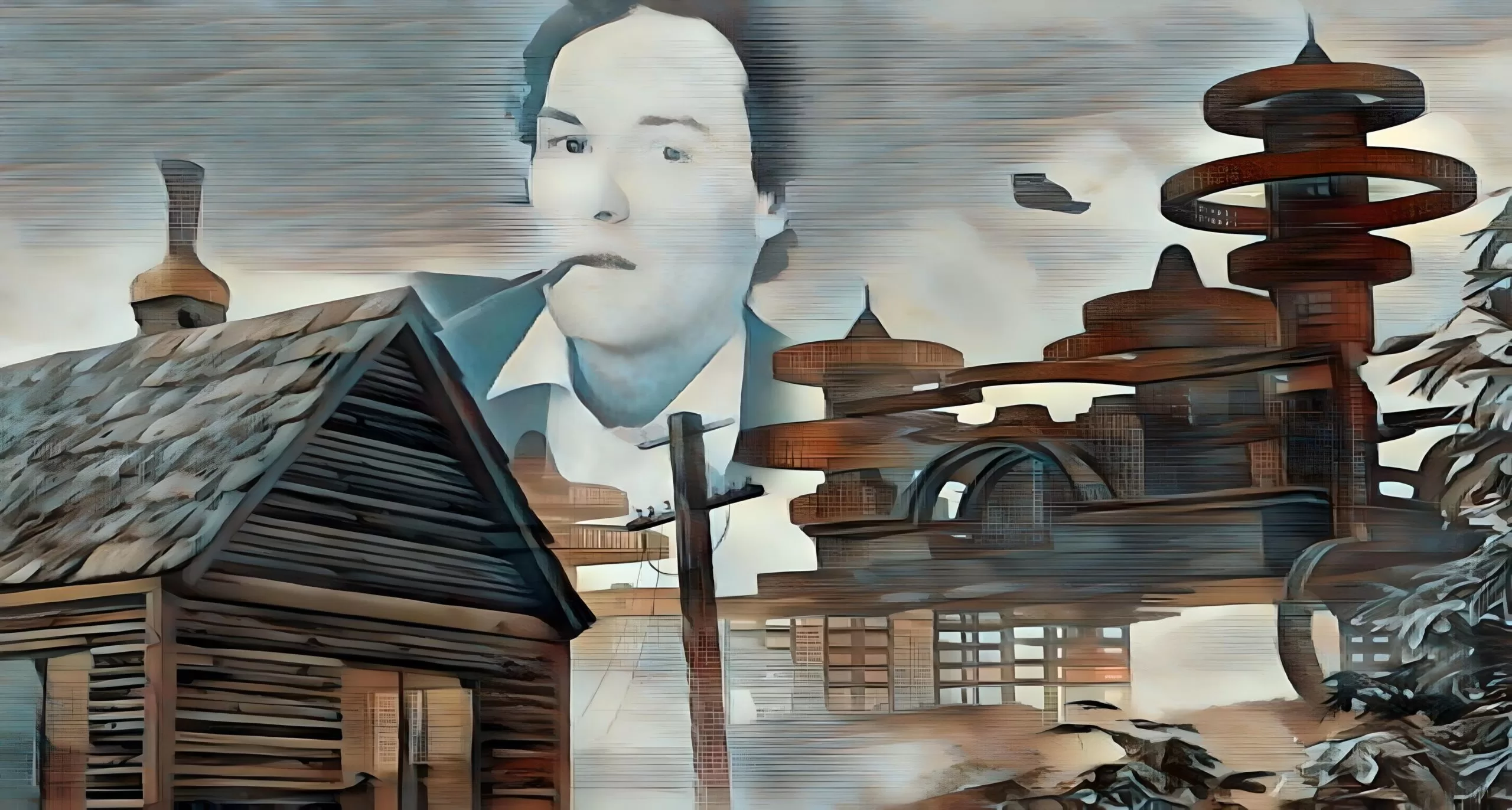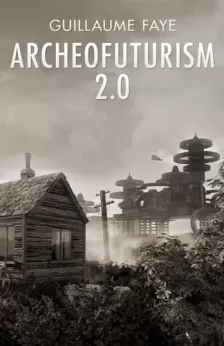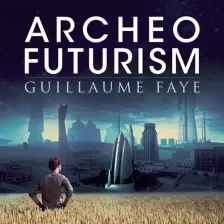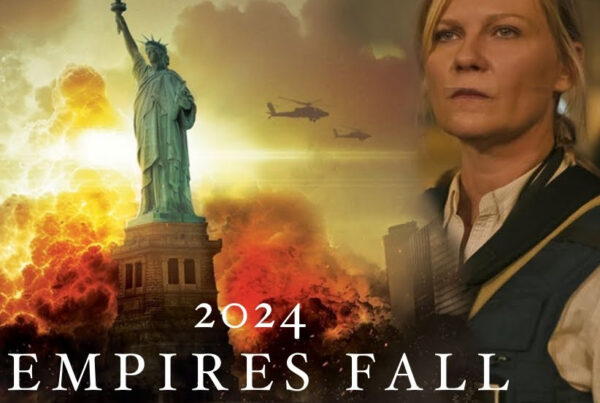Inspired by the books Archeofuturism and Archeofuturism 2.0
ex fato nascimur
It had been two decades since the bombs fell and the world as they knew it came to an end. The once great cities of Europe lay in ruins, their towering skyscrapers and historical palaces now nothing more than rubble and ash. The air was still thick with radiation and the ground was scarred by craters and impact zones. The people who survived the initial blasts had fled to the countryside, seeking shelter and safety in the wilderness. With all power sources gone, the world experienced a total technological breakdown. The once ubiquitous screens and devices were now nothing but lifeless husks, and the machines that powered the old world lay dormant and rusting. The survivors were forced to use the skills and knowledge of their ancestors to survive, relying on their wits and the resources of the land.
As the years passed, the remnants of the old world gave way to new communities, built from the ashes of the past. These village communities were self-sufficient and isolated, and each was ruled by a powerful warlord who kept the peace and ensured his people’s survival. But as resources became scarce and competition for food and water grew fierce, tensions began to rise between the different communities, fueled by deep-seated ethnic rivalries that had been simmering for generations. It was then that religion returned as a dominant social force. The people, desperate for answers and meaning in a world that had lost all sense of order, clung to the old beliefs and rituals of their ancestors. The warlords, sensing an opportunity to gain power, embraced the resurrected piety and began to use it as a means of control. One of the largest of these communities was led by a man named Marcus, who claimed to have a direct line to the divine. He rallied his followers with promises of salvation and prosperity, and set his sights on the surrounding villages.
The resurgence of traditional Catholicism brought with it the return of the Inquisition and the brutal suppression of other beliefs and religions. The warlords, eager to maintain their dominance, used the Inquisition to eliminate their enemies and to keep their followers in line. The other beliefs and religions were seen as heretical, and their practitioners were hunted down and executed. But Marcus took it a step further, using the fear and desperation of his followers to turn them against one another. He revived the ancient practice of witch trials and burnings, blaming the tribulations of the people on those who were different or who held differing beliefs.
The other warlords saw Marcus as a threat, and they banded together to stop him. But Marcus was cunning and had an army of loyal followers. The war between the villages was brutal, with no mercy shown on any side. Ethnic tensions boiled over as long-standing grudges were rekindled and old wounds were torn open. In the end, it was Marcus who emerged victorious. He seized control of the surrounding territories and declared himself the ruler of a new kingdom. But as he looked out over the wasteland that was once Europe, he realized that the cost of his victory was dear. The land was scarred, the people were broken, and the world would never be the same again. The once great civilization of Europe was now little more than a distant memory, lost in the mists of time.
Marcus was not content with simply ruling over a land of ashes. He began to see the potential for a new society built upon the principles of unity and order. He sought to create a new Holy Roman Empire that would bring peace and prosperity to the land and its people. And so, with the support of the warlords and the blessing of the Church, Marcus was proclaimed emperor of the New Holy Roman Empire. Under his rule, the various communities were brought together, and the old ethnic rivalries were put to rest. The Inquisition was disbanded, and freedom of religion was declared. The land began to heal, and the people looked to the future with hope. The age of darkness was over, and a new dawn had risen.
Unbeknownst to the masses, however, a small, powerful elite had managed to uncover and utilize scraps of advanced technology, which they kept hidden from the rest of society. These individuals lived in luxurious, high-tech compounds, surrounded by automated systems and cutting-edge robotics. They held immense power, using their technological advantage to control and manipulate the ruling classes and to maintain their grip on society. Despite the efforts of Marcus and the New Holy Roman Empire to bring equality and justice to the land, this hidden elite continued to thrive, clinging to their advanced technology and their position of power. The masses, meanwhile, remained trapped in medieval conditions, living in poverty and ignorance while the privileged few enjoyed the sub rosa fruits of the technological renaissance. The divide between rich and poor grew wider with each passing day, and the society that Marcus had worked so hard to build began to splinter.
The elite erected a towering wall, separating themselves from the rest of society and establishing a de facto apartheid regime. The wall became a symbol of the inequality and injustice that plagued the New Holy Roman Empire, and the masses began to grow restless, calling for change and demanding an end to the oppressive regime. A small group of rebels emerged, determined to overthrow the elite and bring equality to the masses. They banded together, using their skills and determination to gain access to the technology and knowledge that was being kept from them. They found allies in unexpected places, including some members of the elite who were disillusioned with their way of life and yearned for a better world. Together, they launched a series of daring raids and sabotage missions, slowly chipping away at the power of the oppressors.
Marcus, meanwhile, became aware of the growing divide and the dangerous implications of the technological divide. He realized that the future of his kingdom was in peril if the divide was allowed to persist. He called for a summit of the warlords, religious leaders, and representatives of the elite to address the issue. The summit was stormy, with the elite resisting any attempts to share their technology or relinquish their power. But in the end, Marcus was able to broker a compromise. The technology would be shared, and the knowledge of how to use it would be taught to the masses. The elite would retain a measure of their supremacy, but would use it to help lift up the rest of society, rather than oppress it. With the help of the rebels and the more enlightened members of the elite, the New Holy Roman Empire began a new era of prosperity and growth. The gap between rich and poor was narrowed, and the people of the land enjoyed the benefits of technology and the knowledge of how to use it. The Inquisition was disbanded once and for all, and the people of the land were free to practice the religion of their choice without fear of persecution.
The once great civilization of Europe was restored as the people were able to build new cities and restore the infrastructure of the old world. They developed state-of-the-art systems to support their society, and soon it was a thriving and vibrant place once again. As the years passed, the New Holy Roman Empire became a beacon of hope and prosperity, attracting people from all over the continent. It was a symbol of what could be achieved when people worked together, and it was a testament to the resilience of the European spirit. And so, with the words IMPERIUM MAGNUM EST PATRIA NOSTRA emblazoned on their flag, the people of the empire looked to the future with optimism and joy, knowing that anything was possible.













And we all lived happily ever after.